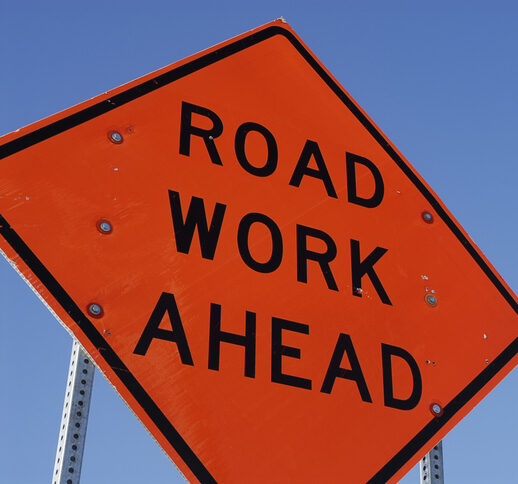When it comes to underground pipelines, everyone has a responsibility to dig with care. Any time you stick a shovel in the ground—even with projects as simple as farming or putting up a fence—you need to make sure you’re following proper safety precautions. From homeowners working on landscaping to construction companies starting big projects, digging responsibly keeps yourself and your workers safe. Fortunately, it’s easy and free to follow best practices for digging. Learn more about how to keep your projects running smoothly with this guide on how to dig safely around industrial pipelines.
Plan Ahead To Get Approval
In most areas, calling before digging is required by law. Dial 811, call your local One Call System, or contact the specific pipeline operator in question before you break ground. This will help you obtain any relevant information about local pipeline routes. A locator will then visit your proposed dig site to mark underground lines in the area, letting you know exactly where you can and can’t dig. Keep in mind that this process might take up to two business days. You should plan ahead and make room in your construction schedule for this time period.
Respect All Markings and Safety Measures
Of course, simply obtaining the approval and pipeline markers isn’t enough. You have to pay attention to all markers and safety measures throughout your entire project. If you can, try to be present on the day the locator visits your dig site. This will give you a chance to watch them place all the markers and ask any questions about what they mean. Always get clarification for any questions you might have before proceeding with digging. Following pipeline instructions and safety measures is key to a safe and successful project.
Know the Warning Signs
A huge part of how to dig safely around industrial pipelines is learning to recognize when a problem occurs. Pipeline leaks lead to dangerous conditions. The sooner you identify an issue, the sooner you can get everyone to safety and contact the pipeline operator. Before you dig, familiarize yourself with the signs of a leaking pipeline as well as the protocols to follow in case of an emergency. Have the pipeline company’s number on hand so that you can quickly notify them of any incidents that occur.






